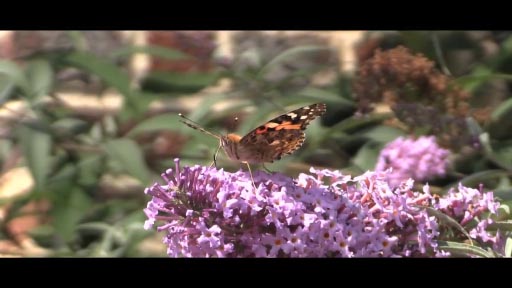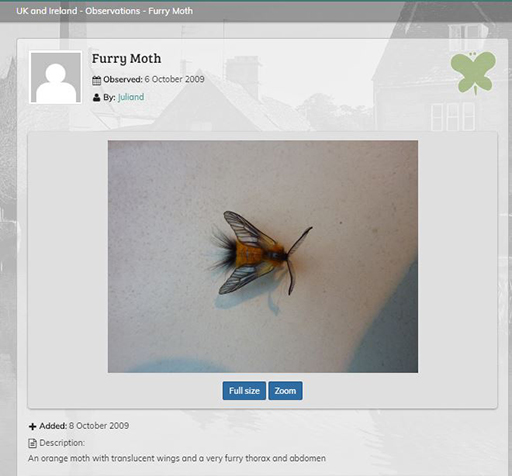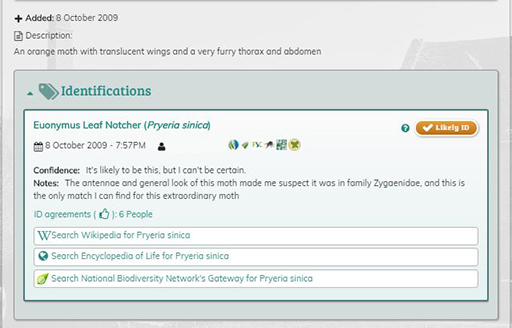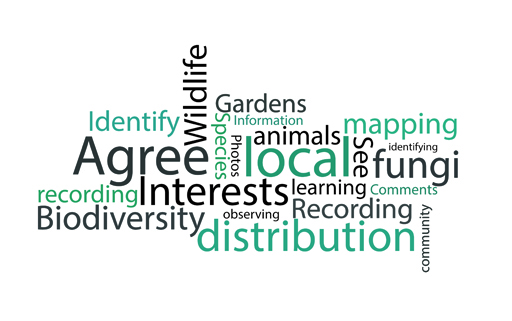3 Who is a citizen scientist?
Participants in citizen science – i.e. citizen scientists – are involved in a wide range of research projects in subjects such as astronomy, medicine, climate change, invasive species, conservation, ecological restoration, monitoring water quality and studying population ecology, to name just a few. (There are more examples at the end of this week and in Week 8.) There has been a rapid growth in the range, diversity, scale and scope of these types of initiative, particularly over the past ten years. There is also an increased appreciation of the role they play in providing a range of assets, including volunteer labour and skills (see Figures 4 to 8). The impact they have had on research and engagement around science has been significant.
Public participation in science can engage non-professionals in scientific investigation through initiatives that mainly involve a collaboration between amateurs (people with no or some expertise) and scientists. A citizen scientist is anyone who volunteers their time contributing to wildlife observation, collection and analysis of data, and interpretation and reporting of results. An important factor is that citizen science provides opportunities for non-professional people to work with scientists and participate in authentic scientific research, as illustrated in this video which talks about the ‘big butterfly count’.

Transcript: Video of citizen science activity
However, we should not overlook that citizen science also facilitates and inspires public action to tackle core global environmental problems, e.g. climate change. Its participatory nature means that, while facilitating understanding, it also engages and empowers those affected by the issues and their outcomes. Through enabling public action, including researching and collecting data, citizen science can also benefit those who become involved by facilitating the development and transfer of skills, providing a platform for education and learning, and cultivating a sense of personal fulfilment and enjoyment in participants. These motivations are discussed further in the next section, where you will consider why people become citizen scientists.
Activity 1 Understanding citizen science
Have you ever seen a plant or an animal and wondered what it was called, or seen something important you’d like to share? iSpot [Tip: hold Ctrl and click a link to open it in a new tab. (Hide tip)] was developed to help people get involved and provide answers to these types of query.
Take a look at the website and view the post about Katie’s moth, mentioned in Section 1. You can see this in the images below or find it on the iSpot website
Familiarise yourself with the features on the first part of the page:
- Look at the image in the observation posted, and the Description and Notes added.

- Look at the observations and comments that were left, leading to an identification:

Now consider your own interests. How can an online resource like iSpot assist you to participate in studying, understanding and learning about biodiversity?
The word cloud below displays some of the most popular words from comments made by iSpot users on the website. Thinking about your response in Activity 1, how many of these reflect your own interest in citizen science?

You will have other opportunities to explore iSpot and learn more about the website and how it works as the course progresses. So you can leave it for now and move on to the next section.
